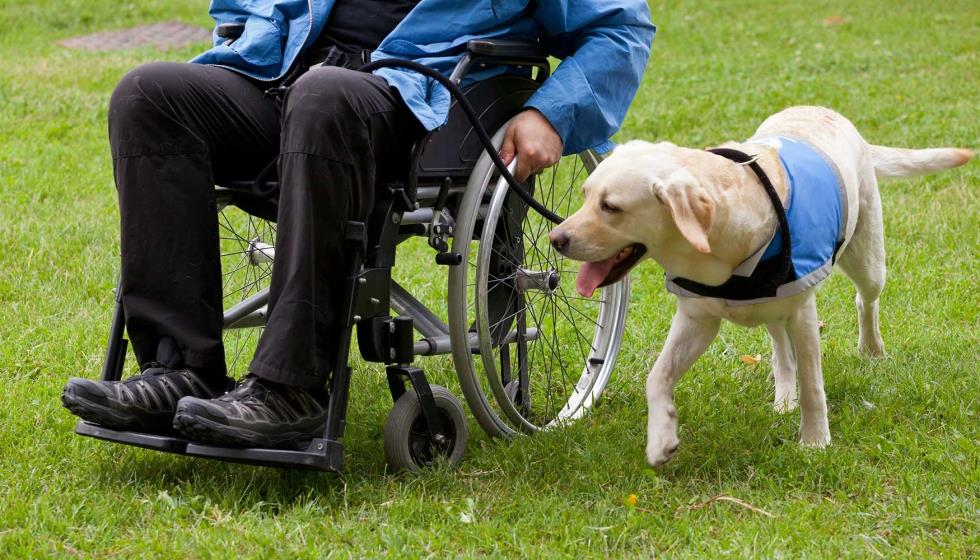(MENAFN- Costa Rica News) Must Read culture & lifestyle tcrn staff - February 5, 2023will pain, illness, misfortune, and death itself be the 'compost' we need? world news tcrn staff - February 4, 2023going on vacation with pets? what you should know before the tour to avoid emergencies with them entertainment tcrn staff - February 4, 2023spanish youtuber charly sinewan is fascinated with santa teresa on his motorcycle trip through the nicoya peninsula tcrn staff Creating a Conscious alternative news network that we feel the world needs. Pura Vida! According to various studies, 78.9% of people say that“their pet” is one more member of the family and, even, for 9.4% it is the most important being within the family nucleus; while, as indicated by the National Network for the Identification of Companion Animals (REIAC). For this reason, on the occasion of the World Day of San Antón, which is celebrated on January 17th, and values the work of assistance dogs, the URJC Animal and Society explains to us the need for the help of these animals to certain people with disabilities or groups in need of special support, as well as what types of assistance dogs exist.
“According to the law, an assistance dog is one that has been individually trained to perform tasks for the benefit of a person with a disability. For this reason, this animal must receive specific training from specialized and legally recognized persons or institutions, ensuring that it is not another new exploitation of the dogs, from their breeding, selection, training and coexistence, which must be done by creating a respectful relationship”, details NuriaMáximo, director of the URJC Animal and Society.
For this reason, the relationship with assistance dogs promotes a better quality of life and independence for certain sectors of society that have a recognized physical, mental or sensory disability such as blindness or deafness or specific medical needs such as diabetes, epilepsy or narcolepsy. These people, in addition, must have a degree of disability equal to or greater than 33% and need service or accompaniment for driving, assistance or support for personal autonomy.
Characteristics of the Assistance Dog For its part, the assistance dog must present certain characteristics such as being docile, calm and having little aggressiveness, being affectionate and having a great capacity for learning, as well as a correct reaction to sounds and signals, while, on the other hand, the user of the service offered by the dog must take care of certain issues such as ensuring a healthy coexistence with others, having its identification visible, ensuring its hygiene, taking responsibility for its health and taking it when appropriate to an inspection carried out by the entity that trained the dog.
“It is essential that these animals are specifically trained to meet the needs of the person they are accompanying and, therefore, there are different types of assistance dogs, since this modality includes guide dogs, service dogs, of autism, to those of medical alert and to the signals”, details NuriaMáximo.
Typology of Assistance Dogs In this way, assistance dogs are classified as guide dogs, intended to orient people with visual disabilities; service dogs, educated and trained to help people with physical disabilities, increasing their autonomy and well-being; autism dogs, whose purpose is to protect the physical integrity of people with autism spectrum disorder and improve their communication, sensory stimulation and safety; medical alert dogs , designed to help people who suffer from a medical condition related to epilepsy or diabetes and ask for help if necessary; and signal dogs, whose objective is to notify people with hearing disabilities of various sounds and indicate their source.
Regarding the bond that the dog must have with each person, Mónica Kern, canine educator, stresses that“an assistance dog is one that was individually trained for the benefit of a person with a disability, but it is essential that the user wants to include a dog in his life as a member of the family, with the consequences that this entails: walking the dog, interacting with it, etc. Plus, you have to get benefits in that relationship, so there needs to be a strong human-animal bond for this team to fully function.”
Differences Between an Assistance Dog and an Intervention Dog The main difference between assistance dogs and intervention dogs is that while the former are intended to assist a person with functional diversity and live with the user, the latter intervene within a determined therapeutic health program, performing a joint work of support together with a multidisciplinary team made up of health or education professionals , seeking specific improvements in different areas such as the physical, cognitive, relational or emotional of the individual.
Learn how to describe the purpose of the image(opens in a new tab).



















Comments
No comment